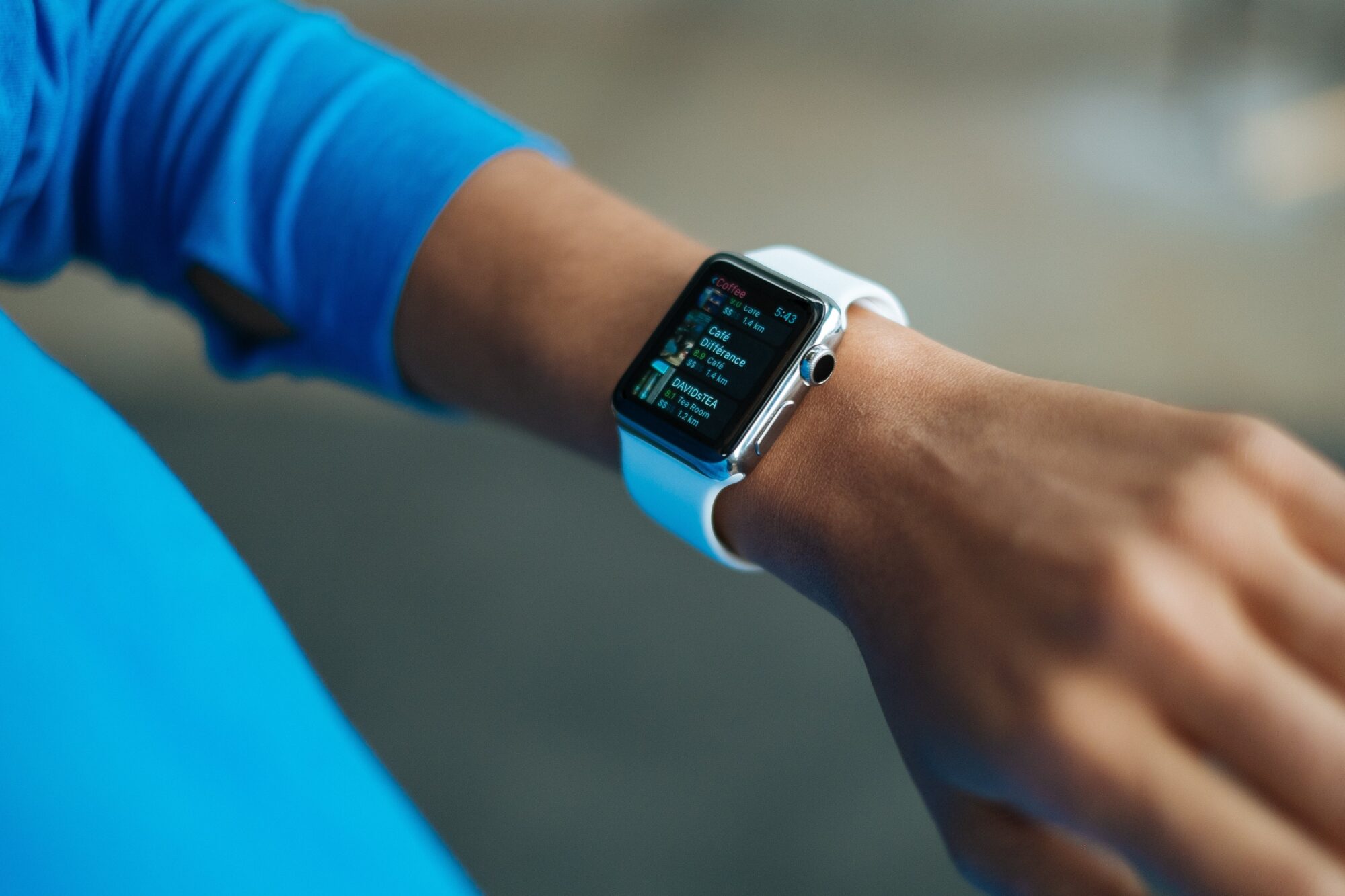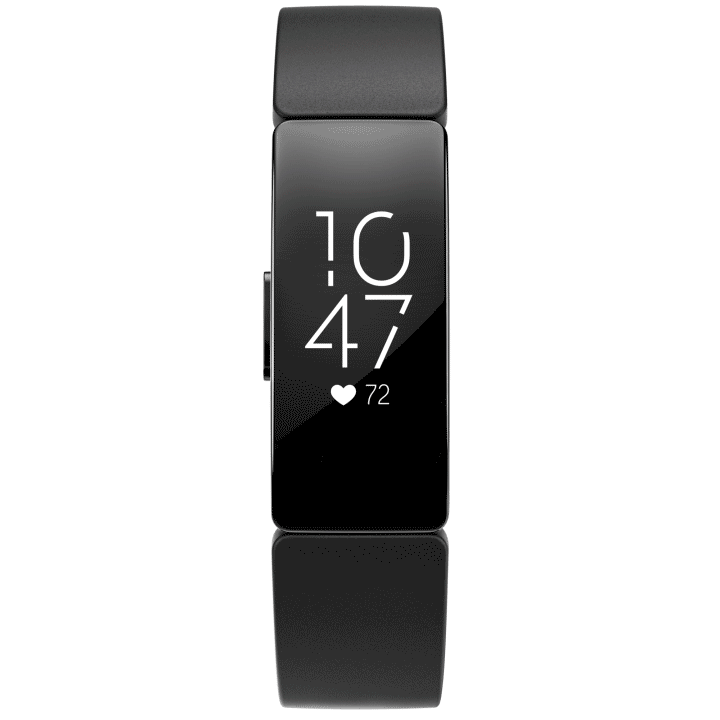
As a dedicated athlete always training for my next event, tracking health metrics like heart rate, calories burned, and sleep quality is vital. I rely on fitness bands to quantify workouts and daily movement so I can optimize performance.
Recently I pondered an upgrade from my aging Fitbit Inspire 2 band to the next-gen Inspire 3. But with just a $20 retail price gap between the similar models, I questioned if newer truly meant better.
After scrutinizing every sensor and spec between both Inspire options side-by-side, I discovered some subtle yet meaningful differences. Read on for my full breakdown before you buy!
Fitbit Inspire 2 Highlights – Excellent Entry-Level Value
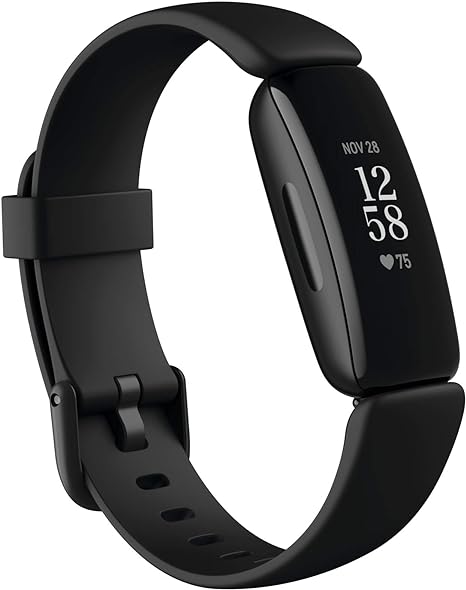
Having used the reliable Fitbit Inspire 2 daily for 2 years now, I can unequivocally state this $60 model provides tremendous valuable for casual fitness fans.
The slender touchscreen band packs an impressive array of sensors and features at a budget cost, including:
- 24/7 Heart Rate Tracking – Passive monitoring during workouts and at rest
- Fitness Profile – Track active zone minutes across heart rate zones
- Sleep Tracking – Light, deep, and REM cycle analysis
- Goal Tracking – Steps, distance, calories burned goals with reminders
- Smartphone Notifications – Call, text, app alerts sent to wrist
- 10-Day Battery Life – Lasts over 5 days even with continuous HR tracking
While the grayscale display and finicky touch controls occasionally proved annoying, overall this lightweight activity monitor fulfilled all my daily needs – until I considered the Inspire 3…
Fitbit Inspire 3 Improvements – New Tricks (and Color!)
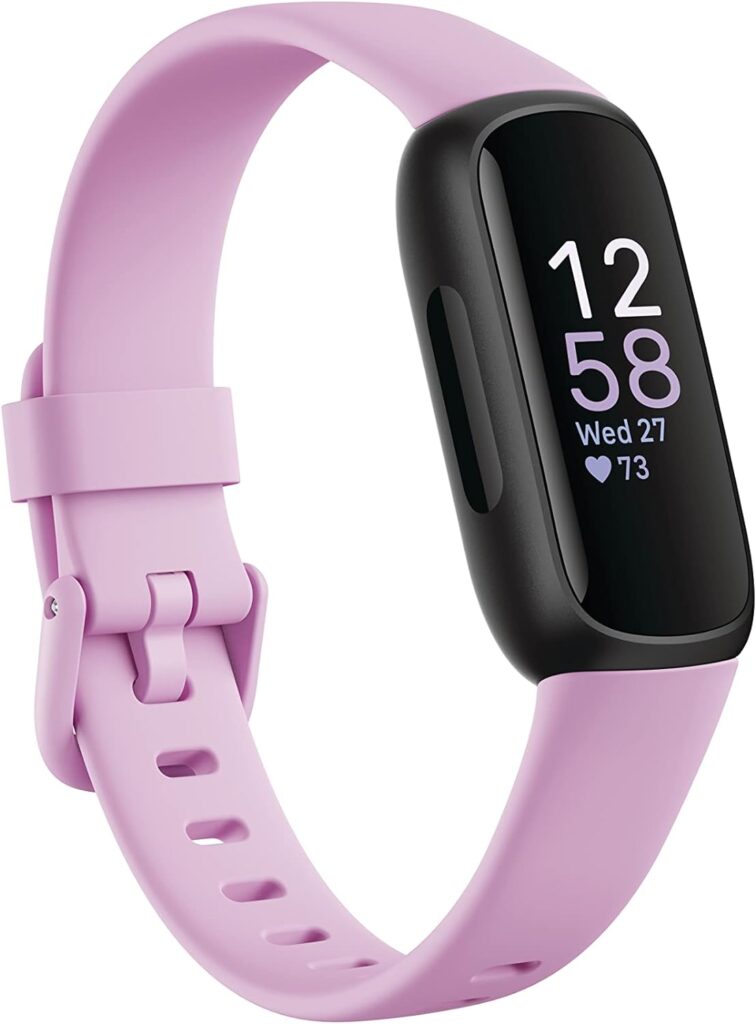
Priced at a modest $20 more than the Inspire 2, the Inspire 3 unsurprisingly iterates refinements rather than revolutionary upgrades. Yet modernized features like animated color touchscreen and enhanced sensors still give this successor tempting appeal:
- Vibrant Color Display – Better visuals to quickly check metrics
- Updated Sensors – Continuous SpO2 tracking and EDA stress detection
- Enhanced Sleep Tracking – Detects sleep stages and generates sleep profile
- 6-Month Free Premium Membership – Unlocks added analytics features
- Google Fast Pair Support – Swift Bluetooth device detection/setup
While core functionality like activity/workout profiling, goal notifications, and heart rate monitoring go unchanged, the Inspire 3 clearly steps up lifestyle insights. And minor perks like animated on-screen workouts make fitness more engaging.
But are flashy upgrades worth a 33% price hike for budget shoppers? I compared my needs against the changes.
Key Question – Is Inspire 3 Worthy $20 More Than Inspire 2?
Inspecting my Inspire 2 usage closer alongside the Inspire 3’s extras ultimately revealed a prudent path:
For no-frills movement tracking, the Inspire 2 perfectly suffices at an affordable cost. Casual users won’t miss much without colorful displays or advanced sleep data. Sticking with the $60 baseline avoids overspending.
However, disciplined athletes focused on recovery stand to gain from the Inspire 3’s deeper sleep and stress insights. SpO2 blood oxygen saturation detection also helps quantify respiration during workouts. Furthermore, the free Premium trial unlocks extra performance metrics like Health Metrics Dashboard that the Inspire 2 omits without paid upgrade.
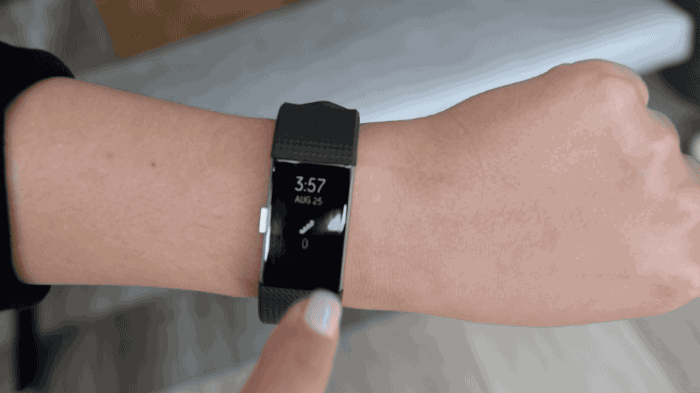
Since intense daily training is integral to my regimen, I realized the Inspire 3 fulfills my needs beyond basic step counts. For just $20 more, the feature boosts and design modernizations deliver substantive value in my case.
But more laid-back activity followers may not utilize perks enough to warrant surpassing the capable Inspire 2’s budget efficiency. Evaluate your personal fitness approach before deciding!
The Bottom Line – Who Wins: Inspire 2 or Inspire 3?
In the battle between these ultra-affordable Fitbit trackers separated by only one product generation, the Inspire 3 emerges as a slight titan. But its advantage relies upon buyers actually leveraging advanced sleep data, Premium access, and SpO2 readings in their fitness journey.
Casual step counters content with daily movement statistics should save $20 and choose the venerable Inspire 2. Yet performance-pushers training hard will thrive better long-term aided by the Inspire 3’s extra insights.
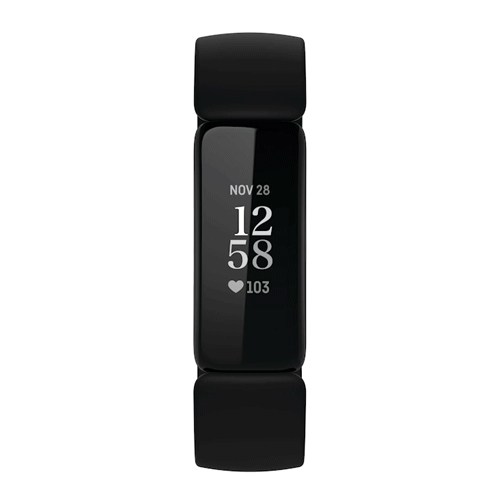
There’s no universally superior option between two very evenly-matched contenders. Define your needs, analyze if upgrades matter for your routine, then pick the tracker that best aligns without overspending your budget!

